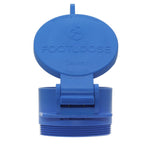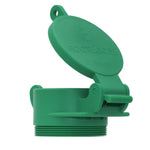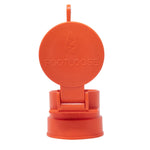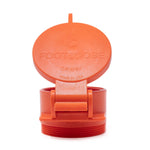You have no items in your shopping cart.
Welcome to our comprehensive guide on RVing with disabilities. Traveling in a recreational vehicle (RV) can be an exhilarating experience, offering freedom, flexibility, and a unique way to explore the world. For individuals with disabilities, RVing presents a fantastic opportunity to travel comfortably and accessibly. In this guide, we will explore how to make RVing a fulfilling and hassle-free adventure for everyone, regardless of their physical abilities.
Understanding the Importance of Accessibility in RVs
Why Accessibility Matters
Traveling with a disability can often be challenging, but the right RV can transform these challenges into an enjoyable experience. Accessibility in an RV means that all individuals, regardless of their mobility, sensory, or cognitive abilities, can use it safely and comfortably.
Key Features of Accessible RVs
- Wheelchair Accessibility: This includes features like wider doorways, ramps or lifts, and ample interior space for maneuverability.
- Accessible Bathrooms: Equipped with grab bars, roll-in showers, and accessible toilets.
- User-Friendly Design: Lowered kitchen counters, easy-to-reach controls, and ample space for medical equipment.
Choosing the Right RV
Types of Accessible RVs
There are several types of RVs that cater to different needs:
- Class A Motorhomes: Often the most spacious, with room for custom modifications.
- Class B and C Motorhomes: Smaller but can be outfitted with necessary accessibility features.
- Travel Trailers: Can be towed and customized for accessibility.
Renting vs. Buying
- Renting: A great way to test different types of RVs and their features without the commitment of purchasing.
- Buying: Ideal for those who plan frequent trips or specific customizations.
Planning Your Trip
Researching Your Destination
- Accessibility of Campgrounds: Ensure they have accessible facilities and are wheelchair friendly.
- Local Attractions: Check for accessibility information about parks, museums, and other attractions.
- Mammoth Cave National Park: No electric but flat beautiful landscaping and a wheel chair accessible cave!.
Safety and Emergency Preparedness
- Medical Needs: Plan for medication storage and access to medical services.
- Emergency Contacts: Keep a list of contacts and be aware of the nearest medical facilities.

Essential Modifications and Equipment
Must-Have Modifications
- Ramps or Lifts: For easy access into and out of the RV.
- Accessible Furniture: Such as adjustable beds and accessible seating.
Helpful Gadgets and Tools
- Mobility Aids: Wheelchairs, scooters, or walkers that are easy to store.
- Assistive Technology: Voice-activated systems, hearing aid compatible devices, and visual alert systems.
Joining a Supportive Community
Connecting with Others
- Online Forums and Groups: Great for tips, advice, and sharing experiences.
- RV Clubs for Disabled Travelers: Join clubs that focus on accessible RVing.
Conclusion
RVing with disabilities may require extra planning and adjustments, but it shouldn’t stop anyone from enjoying the freedom of the open road. With the right RV, modifications, and a spirit of adventure, the world is your oyster. Safe travels!
Additional Resources
- National Park Service Accessibility Information
- RVing Accessibility Group
- Disability Travel Blogs and Websites
How often are you checking the tires? Read more









